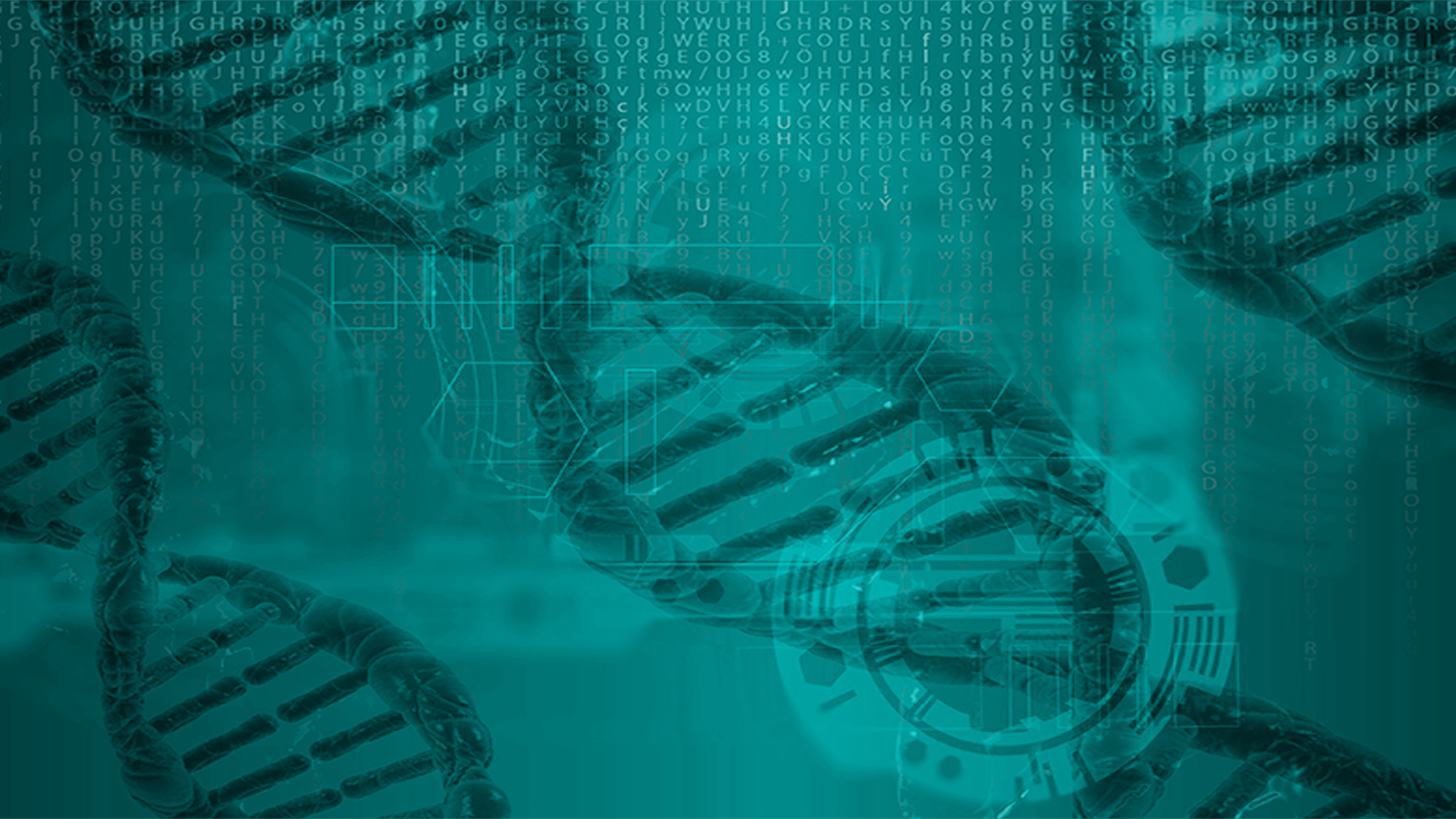
The extensive usage of high-throughput deoxyribonucleic acid (DNA) sequencing technologies opens up new perspectives in the treatment of several diseases and enables the implementation of a new approach to healthcare known as “precision medicine”.
DNA sequencing technologies produce extremely large amounts of raw data which are stored in different repositories worldwide. The processing, analysis, and comparison of such distributed data is a fundamental element for the effective usage of sequencing data for clinical and scientific purposes. Standard Application Program Interfaces (APIs) and Metadata, obviously, are the basis for interoperable and automated data access and processing systems that can efficiently operate on the worldwide available sets of sequencing data.
The MPEG-G standard, jointly developed by WG 11 (MPEG) and ISO Technical Committee for biotechnology standards (ISO TC 276/WG 5), is the first international standard to address and solve the problem of efficient and cost-effective handling of genomic data by providing, not only new compression and transport technologies (ISO/IEC 23092-1/2), but also a standard specification associating relevant information in the form of metadata and a rich set of APIs for data access and mining, for building a full ecosystem of interoperable applications capable of efficiently processing sequencing data.
In more details, this part of the standard specifies data formats for both Transport and Storage of Genomic Information, with reference conversion process and informative annexes. The main topics covered by this part are genomic data streaming and file format.
The first part of the MPEG-G specifications, Transport and Storage of Genomic Information (ISO/IEC 23092-1) has been promoted to Published International Standard stage in July 2019. The current version for the standard ISO/IEC 23092-1:2020 for part 1: Transport and storage of genomic information provides specifications for data formats for both transport and storage of genomic information, including the conversion process.
The update was published in October 2020 the revised standard has been published and is now available to here.






